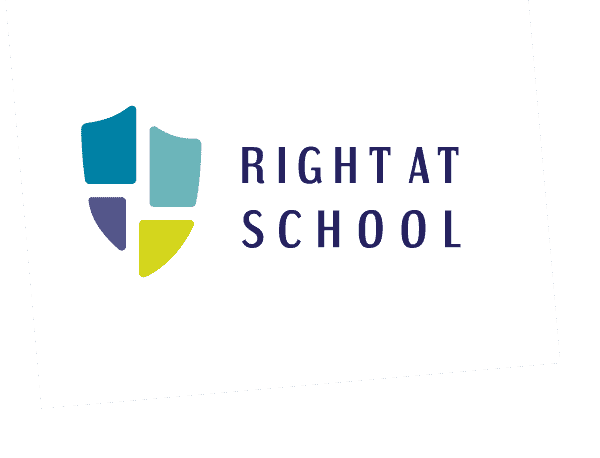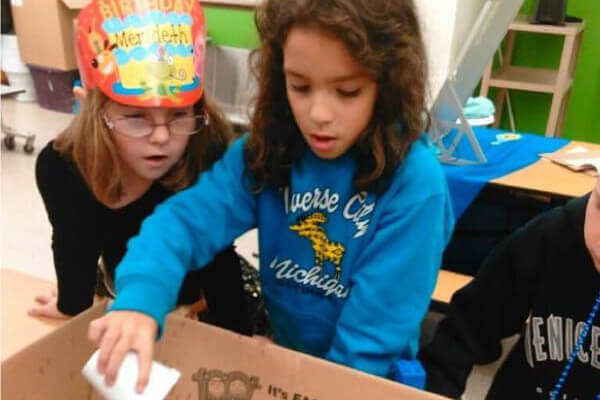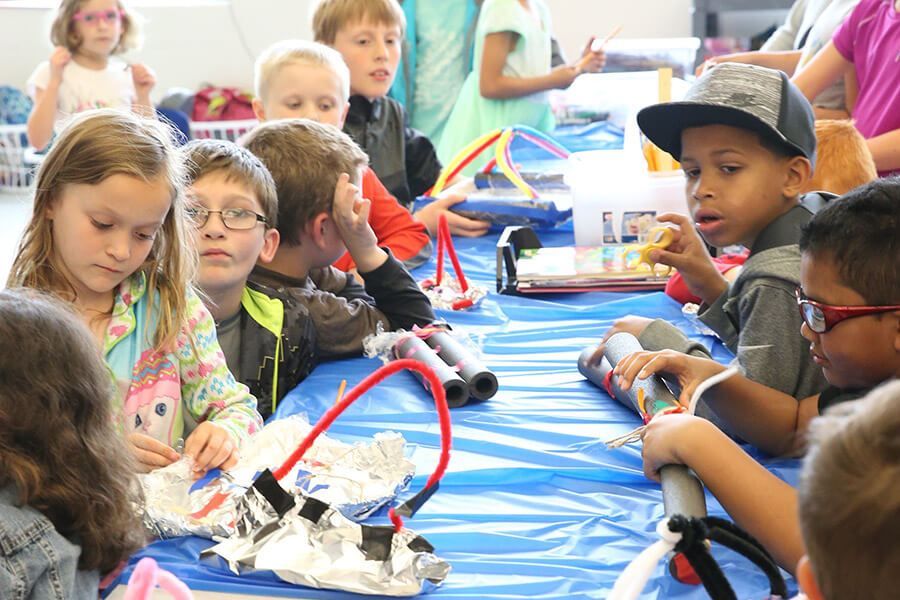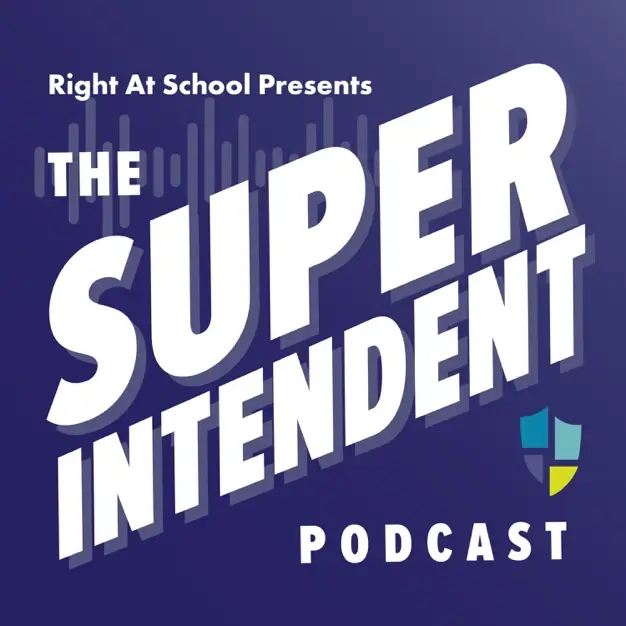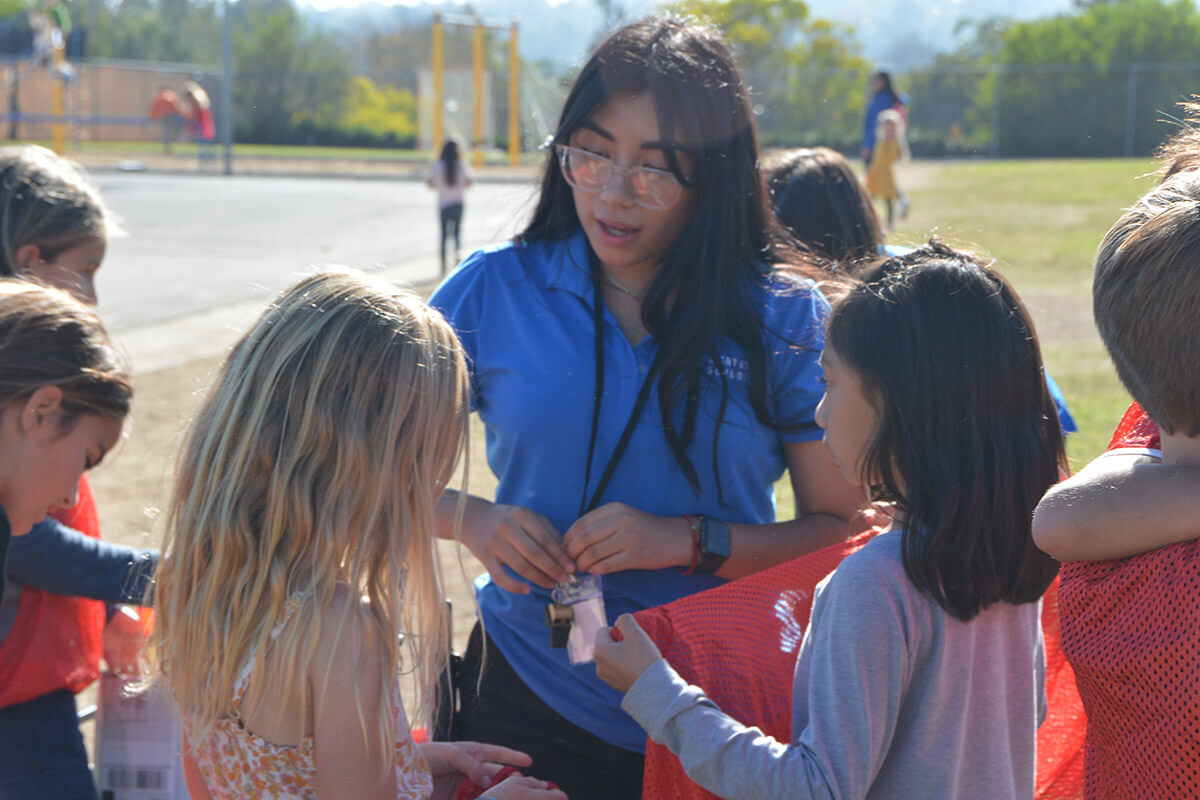
By Dr. Dawn Bridges, Vice President of Educational Affairs
This post is a continuation of The Educational Ecosystem, Part 1.
Can the educational ecosystem support teachers and staff, too?
Since the COVID-19 pandemic, teacher burnout and staff shortages have plagued districts from coast to coast. Just like we have to think differently about how to support today’s students, we must rethink how to support teachers as well.
One way to reduce stress and burnout is by making sure that schools and districts are adequately staffed so teachers don’t have to take on extra responsibilities. And one way to fill the teacher pipeline — and other paid staff or volunteer positions — is by inviting more people to participate in the ecosystem. By involving partner organizations and community members we can attract more individuals into teaching and other positions in education. For example, an after school program leader could be a future teacher. A business professional who volunteers to mentor students could be a future club leader or coach.
Another potential way to take some of the burden off of busy teachers and staff is to reimagine the workday. If a district is serving students before, during, and after school, perhaps teachers and staff could have flex day schedules with different start and finish times. Some could work full-time, while others might prefer shorter hours, e.g., from 7 a.m. to 11 a.m., 11 a.m. to 3 p.m., or 3 p.m. to 7 p.m.
Partner organizations can lend a hand as well. Providers such as Right At School can lift the burden off of school and district leaders by providing turnkey before and after school programs, summer camps, break camps, electives, and more — all tailored to the needs of the educational ecosystem. In addition, Right At School handles all aspects of program implementation — from recruiting, hiring, and training program staff to administration, marketing, and registration — which eliminates administrative headaches.
Can the ecosystem support broader efforts to create a learner-centered, future-driven education?
Yes! The concept of an educational ecosystem aligns with AASA, The School Superintendents Association’s Learning 2025 initiative, which calls for holistic redesign of the public school system by 2025. Through this initiative, AASA “urges a vision of public schools as future-driven, rigorous, energetic, and culturally vibrant learning ecosystems—where leaders, administrators, teachers, learners, families, and communities work together to redesign the school system, reengineer instruction, and co-author personalized learning for ALL learners.”

An ecosystem can include anything the district deems essential or helpful to meeting its strategic goals.
— Dr. Dawn Bridges
Can an educational ecosystem include programs and services that are “outside” of education?
An ecosystem can include anything the district deems essential or helpful to meeting its strategic goals.
Consider students’ health, for example. According to the Centers for Disease Control and Prevention (CDC), “Healthy students are better learners, and academic achievement bears a lifetime of benefits for health.”
Many communities, however, face systemic barriers to health and wellness. Educational ecosystems can provide critical links to clinical and community resources to ensure that students are healthy and ready to learn. For example, a district could bring in a local healthcare agency or several providers to deliver services to students on-site at school during a designated day or a “Healthy Kids Week.” Or a district may provide a convenient way for families to schedule doctor and dentist appointments for their children by having representatives from local clinics attend a Back-to-School Night.
Also, when parents feel comfortable in a setting like their child’s school, it can make it easier to address other key areas that directly or indirectly impact children’s learning and education.
Community partnerships can help in other ways, too. For example, if a speech-language specialist conducts free hearing screenings at a school, interested students may be invited to shadow the specialist to see first-hand what that career entails and how their studies in school are relevant to this field.
In addition to strengthening community ties, these relationships build pipelines between schools and local organizations, businesses, and industries, enhancing and expanding the interactions within the ecosystem. Creating a “one-stop shop” at schools also makes life easier for parents and caregivers.
To be continued in my next post …

Dr. Dawn Bridges
Dr. Dawn Bridges has over 25 years of experience in the fields of education and professional learning, having held the roles of teacher, reading specialist, special education coordinator, principal, and assistant superintendent for curriculum and instruction. She has dedicated her career to ensuring that all students have the support they need to thrive in and out of school. You can follow Dr. Bridges on LinkedIn and Twitter and subscribe to the RAS blog to keep up with her work.
